Wire mesh is an industrial product made from interlocking metal wires. Wire mesh is sometimes also referred to as wire cloth, though they are not the same product in the strictest sense. Technically, wire cloth refers to those interlocking metal wire products that have been welded together in rolls on a loom, while wire mesh refers to those wires that have been sintered or welded together with evenly spaced, regular openings. Read More…
We’ve been a leading manufacturer and distributor of wire cloth/mesh for 70 years, sourcing and stocking North America’s largest selection of wire cloth products – over 5000 in our warehouse. We offer processing capabilities such as precision cutting, calendering, heat treating, cleaning and coating and weave domestically most alloys including brass, copper, Hastelloy, Monel and others into ...
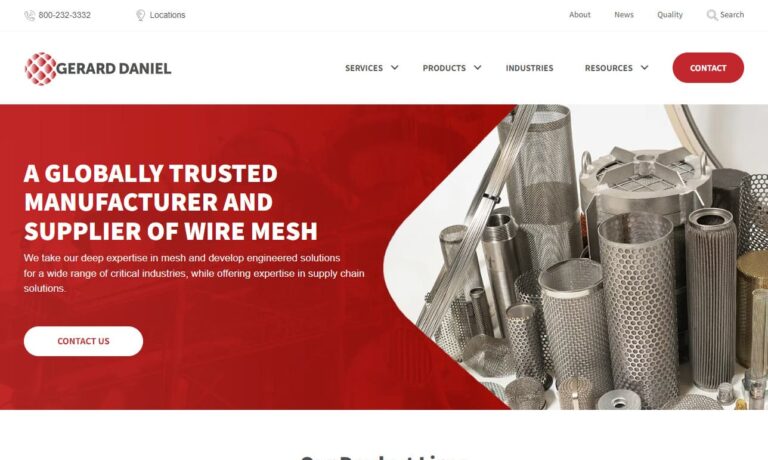
Banker Wire is your quality-driven manufacturing partner for woven and welded wire mesh used in architectural and industrial applications. Our manufacturing expertise has been refined for over a century, bringing unmatched customization, quality, and service to our customers. Our products embody our commitment to providing the widest variety of wire cloth at an unbeatable value. Nowhere else will ...
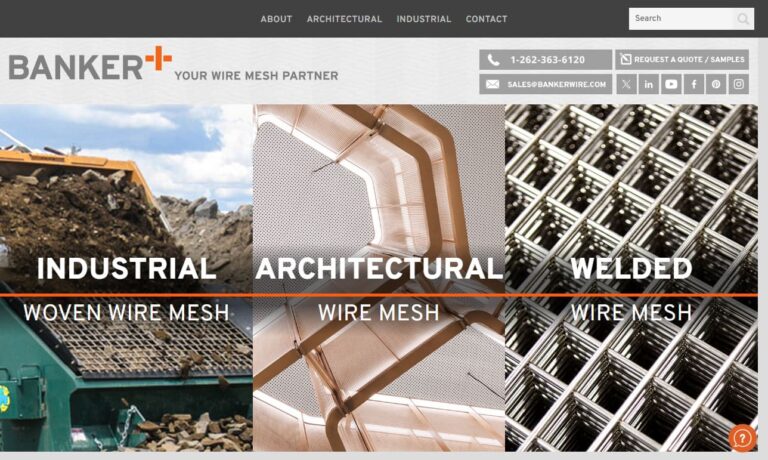
For over 45 years, UWC has supplied quality mesh products for numerous industries with distinct applications. We maintain an extensive inventory of woven & welded wire cloth specifications. Also, our weaving capabilities allow us to manufacture various wire mesh styles. Our fabrication services comprise shearing, slitting and stamping options. In addition, we produce baskets, trays, cylinders,...
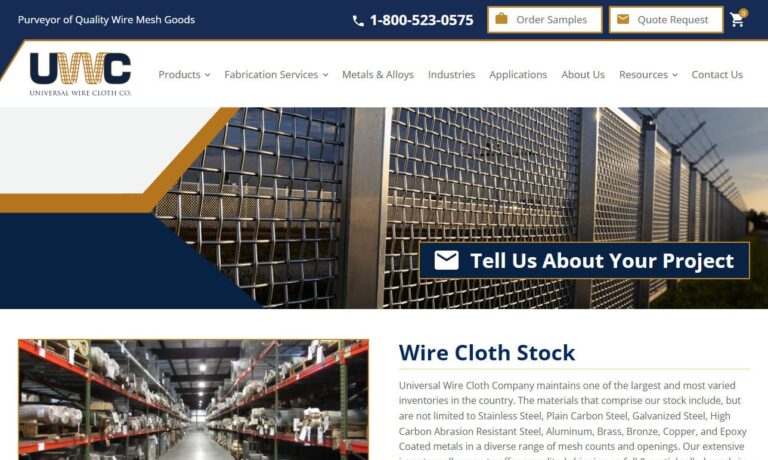
Dorstener Wire Tech is a manufacturer and distributor of woven wire cloth, filter cloth, wire mesh and welded wire cloth products. We serve a wide range of industries with slitting, cut size, cleaning, degreasing, custom-woven products and more. Dorstener Wire Tech is your source for wire and wire cloth products.
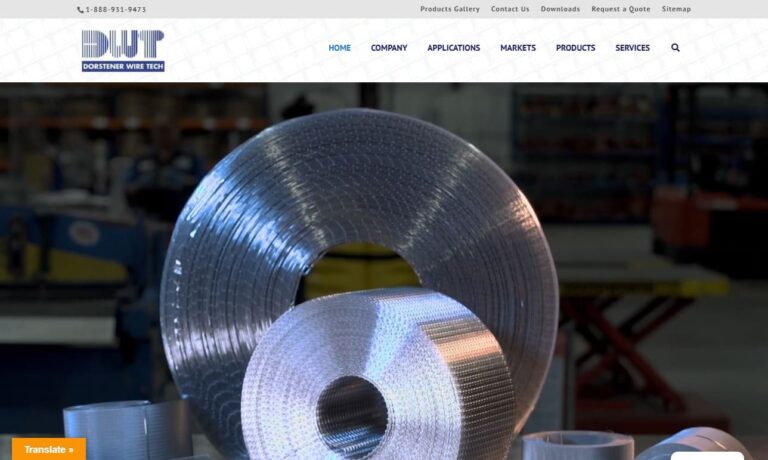
At Integrity Woven Wire, we specialize in the manufacturing and supply of high-quality wire mesh products, designed to meet the needs of various industries. Our expertise lies in producing durable and versatile wire mesh solutions that are tailored to the specific requirements of our clients. We take pride in offering products that provide strength, flexibility, and precision, ensuring they...
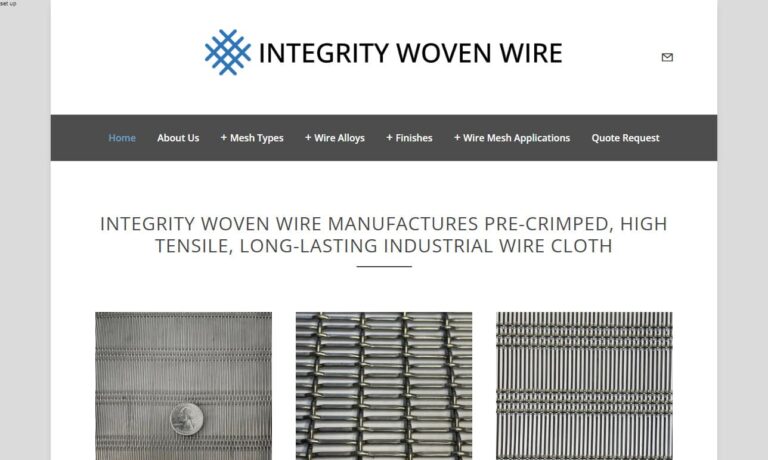
IWM International manufactures metallic fine wire, woven wire mesh, and provide value-added contract manufacturing services to meet our customers’ exact requirements. We make our wire and woven mesh products from materials such as aluminum, commercial bronze & copper, low carbon & stainless steel alloys. IWM’s products are delivered throughout the world supporting diverse markets, such as...
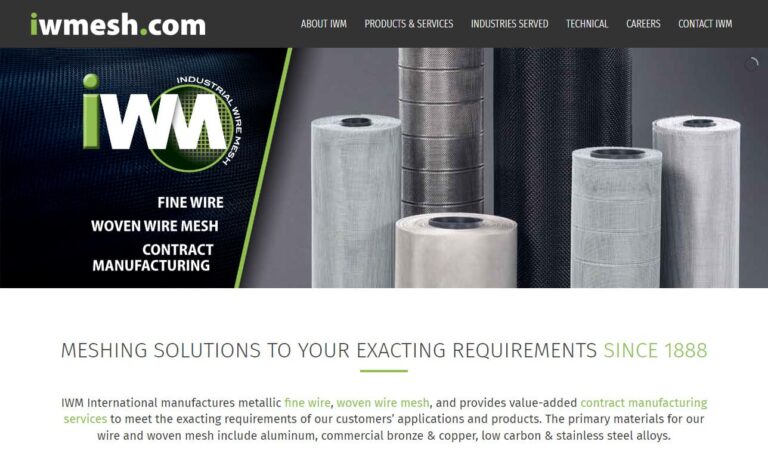
At W.S. Tyler, we specialize in providing high-quality wire mesh solutions tailored to meet the unique needs of a wide range of industries. Our extensive experience and dedication to innovation allow us to offer precision-engineered wire mesh products that are designed to perform in the most demanding applications. Whether it's for filtration, separation, or structural purposes, our wire mesh...
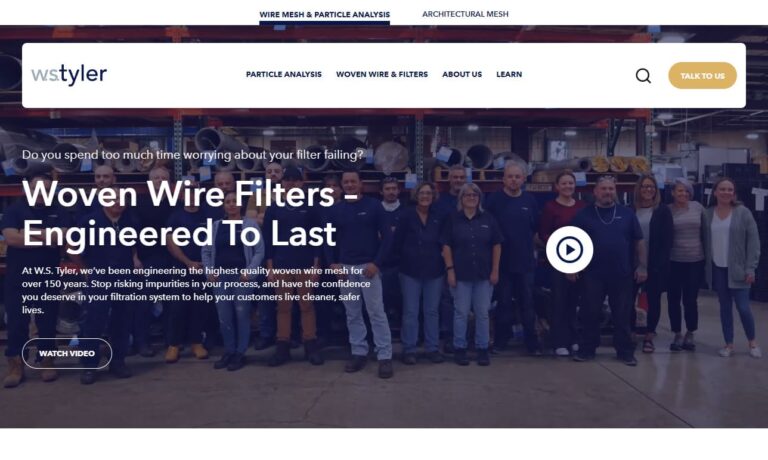
More Wire Cloth Manufacturers
Generally, wire mesh and wire cloth are industrial products made from woven, welded, or sintered interlocking metal wires.
Applications
Wire mesh can be used for various purposes, including screening, structuring, protecting, and filtering. Wire cloth is also valuable for EMI/FEI shielding, manufacturing transportation belts, light diffusion, heat and flame diffusion, plastic extrusion, bill and note watermarking, and optical lens manufacturing.
Industrial applications for wire cloth and mesh include building window screens, HVAC installations, draining pulp and other mixtures, and sorting and sifting machinery. Decorative applications encompass residential fireplace guards, residential and commercial kitchen cabinetry, and similar uses. Hardware cloth is also employed to determine the particle sizes of a material by comparing them to the size of the openings in the mesh itself.
Industries that benefit from wire mesh services include electronics, mining, industrial manufacturing, battery manufacturing, automotive manufacturing, food and beverage, pulp and paper, petrochemical processing, HVAC, pharmaceutical manufacturing, flooring, home appliance, and screen printing.
Products Produced
Wire mesh is utilized to create a wide range of products. Initially, it begins as standard wire products such as wire forms, square mesh, diamond mesh, welded wire mesh, hardware cloth (both welded and galvanized), woven wire mesh, and fine wire cloth.
These basic wire products are then fashioned into more specific items, including baskets, test sieves, flour sifters, decorative mesh, filter screens, strainers, Faraday cages, protective barriers and equipment, insect screens, animal cages, window screens, cooking strainers, chicken wire, floor grating, and catalytic converters.
History
The record of wire cloth use comes from ancient Egypt, when they hand wove precious metals, like gold and silver, into cloth as jewelry. For centuries, in fact, jewelry making was the primary application of wire weaving.
This first began to change in the 5th century AD. At this time, craftspeople began adapting wire weaving for armor making. They did this by taking strong metals like iron and weaving them into chainmail. This chainmail cloth was a huge improvement over past armor, as it allowed soldiers and fighters more mobility.
As chainmail proved successful, its use spread around Europe, as did wireforming in general. Across the continent, artisans and manufacturers began using wire mesh and wire cloth to make items such as: chains, hooks, mouse traps, birdcages and windows.
Mass wire mesh product production began during the Industrial Revolution. The period gave rise to the first modern wire weaving looms, which were powered by steam and allowed for faster, higher volume mesh product production. Around this time, members of the maritime industry began using wire cloth-reinforced sails. Likewise, mining professionals began employing flame-gauze and wire cloth gauge, and the paper industry began using fine wire mesh.
Next, in the 1900s, manufacturers and engineers once again found new uses for wire mesh. During World War II, manufacturers used wire mesh filters as components of military equipment like tanks and aircrafts. They also used wire cloth to make gas masks, which were important for keeping soldiers protected against chemical attacks.
Here in the 21st century, wire mesh is used for everything under the sun, from food processing to construction. We now enjoy the availability of a wider range of materials than ever before, and CNC technology.
Materials Process
Wire cloth can be made from almost any metal or alloy. These materials can be divided into groups of: materials suitable for applications requiring corrosion resistance, and materials suitable for general applications. Additionally, others may be used for decorative purposes or electrical applications.
The most commonly used materials for applications requiring corrosion resistance are stainless steel, steel, stainless and galvanized steel.
Steel Alloys
Steel alloys are the most commonly used materials for applications requiring corrosion resistance. This group includes low-carbon steel, high-carbon steel, stainless steel, and galvanized steel.
- Low Carbon Steel: Also known as plain steel, it is only somewhat resistant to corrosion and abrasion. However, it has high tensile strength and impact resistance, making it suitable for most applications in a dry environment.
- High Carbon Steel: Naturally corrosion and abrasion-resistant, high carbon steel does not require galvanization. It is commonly used to make vibrating filter screens for sifting and sorting abrasive materials like coal, gravel, and stone.
- Stainless Steel
Stainless steel is an alloy of exceptional strength, durability, corrosion resistance, abrasion resistance, and sterility. If required, manufacturers can produce magnetized stainless steel mesh and add materials like nickel, molybdenum, or titanium to enhance properties such as shock absorbency, moisture resistance, or heat resistance. Wire mesh stainless steel is useful in various general high-strength applications.
- Galvanized Steel
Galvanized steel is steel with a protective zinc layer, usually applied via hot-dip, which prevents rusting. Galvanized steel is also incredibly strong and is especially useful for outdoor applications, like fencing.
General purpose wire mesh materials include titanium, nickel alloys, and brass.
Titanium
Titanium is a naturally occurring metal that is lustrous, strong, corrosion-resistant (from seawater, chlorine, aqua regia, and dilute sulfuric and hydrochloric acids), ductile, and non-magnetic. It also has a low density, high melting point, low thermal conductivity, and low electrical conductivity.
Nickel
When used for wire form fabrication, nickel is usually alloyed since pure nickel is not corrosion-resistant. Nickel for wire mesh is often alloyed into materials like Carpenter 20 CB-3, Monel, Hastelloy B, and Hastelloy C.
Brass
Brass is a copper-zinc alloy that is highly malleable and has a low melting point. It is relatively easy to cast and does not require cutting fluid for machining.
Copper
Copper is a naturally occurring metal known for its high conductivity and corrosion resistance. On its own, it has poor abrasion resistance and tensile strength, but alloying it with zinc can improve these qualities. Copper wire mesh or copper wire cloth is typically used for EMI shielding and conductive purposes. Copper mesh screens, for example, can be used for electromagnetic shielding, Faraday cages, insect screens, and papermaking.
Bronze
Bronze is a ductile alloy with properties that vary based on its composition. It is an attractive copper alloy often used for decorative applications.
Process Details
Joining
Manufacturers typically join wires through weaving, welding, knitting, or sintering processes.
Weaving: Modern wire mesh is woven using advanced looms in a right-angled pattern. The specific weaving and crimping patterns vary, with crimping creating corrugations for secure perpendicular wire joints.
Once woven, the mesh is rolled and stored until it’s ready to be cut and shaped.
Welding: In wire welding, manufacturers electrically fuse intersecting metal wires to enhance mesh strength and prevent unraveling during cutting.
After welding, the mesh undergoes bending, cutting, or other shaping processes to achieve its final form.
Welded wire mesh typically features a larger gauge compared to woven variants.
Finishing Processes
To complete wire mesh products, manufacturers may apply secondary processes such as galvanization. Galvanization strengthens the mesh and enhances its corrosion resistance, common for both welded and woven meshes.
Design
Manufacturers tailor wire mesh and wire cloth products to meet specific application requirements. The choice of forming process significantly influences the characteristics of the wire mesh, including mesh count (openings per inch), total open area, flexibility, and strength. Material selection also plays a crucial role, impacting properties such as corrosion resistance, tensile strength, and impact resistance.
Note on Mesh Count
Mesh count is analogous to thread count in bedding—indicating the size of openings between parallel woven wires. Higher mesh counts result in finer mesh weaves suitable for fine filtration, whereas lower mesh counts (like hardware cloth) offer more breathable barriers, ideal for applications such as animal cages, fences, and traps due to their durability.
Patterns
Manufacturers often customize or adapt existing patterns such as twilled square mesh weave, plain square mesh weave, plain dutch weave, reverse plain weave, and twill dutch weave. Each weave pattern serves different purposes:
- Plain square meshes, using equal gauge shute wires and warp wires, are versatile for basic mesh operations.
- Plain dutch weaves, with slightly smaller shute wires than warp wires, provide a dense weave suitable for various applications.
- Twill dutch weave offers structural support and precise filtration, ideal for fences, conveyors, and filtration in automotive and paint applications.
Additional patterns like hexagon (chicken wire), square, and rectangle shapes are used where visibility of goods is necessary but access must be restricted.
Customization
Manufacturers offer customization through materials, wire diameters (measured in mm), specialty weaves, custom mesh counts, and overall mesh sizes. They can also crimp wires or apply coatings like PVC for insulation, corrosion resistance, and increased durability.
Application Specifics In industries such as petrochemical processing, pharmaceutical manufacturing, and food and beverage processing, wire mesh materials are selected based on specific application requirements. For instance, large gauge wire mesh may undergo sintering for exceptional structural stability, making it reliable for bulk goods and powder transportation despite its higher cost.
Machinery Used
Wire cloth manufacturers employ automated looms for weaving wire mesh. These looms are customizable based on parameters such as crankshaft rotation speed, motor power, mesh count range, weaving capabilities, square hole dimensions, overall dimensions, and weight. They can also be adapted for various types of wire, whether fine, coarse, or specific materials like stainless steel.
Variations and Similar Processes
Perforated Metal
Perforated metal refers to sheet metal featuring patterns of slots, holes, or decorative shapes. Manufacturers produce perforated metal using stamping machines, punching presses, or lasers.
Expanded Metal
Manufacturers expand metal to create patterns such as diamonds. Expanded metal is commonly used in applications such as wire fences and grates.
Benefits
Wire mesh provides several advantages, including strength and precise aperture sizes. Its versatility extends to manufacturing a wide range of components and products for diverse applications involving fluids, gases, or particles. Additionally, wire mesh can be shaped into countless forms with various properties, making it highly adaptable. Moreover, wire mesh is known for its affordability.
Things to Consider
For optimal outcomes, partnering with a reputable mesh supplier is crucial. Explore our site where we’ve curated a comprehensive list of trusted wire mesh companies, each with detailed profiles. Take your time to review their products and services. Select three or four companies that pique your interest and initiate discussions. Share your specifications with each and compare their offerings. The ideal manufacturer will provide expert advice, ensure the highest quality products, meet all standards, and deliver promptly. Once you’ve identified the right manufacturer, let them know and get started.


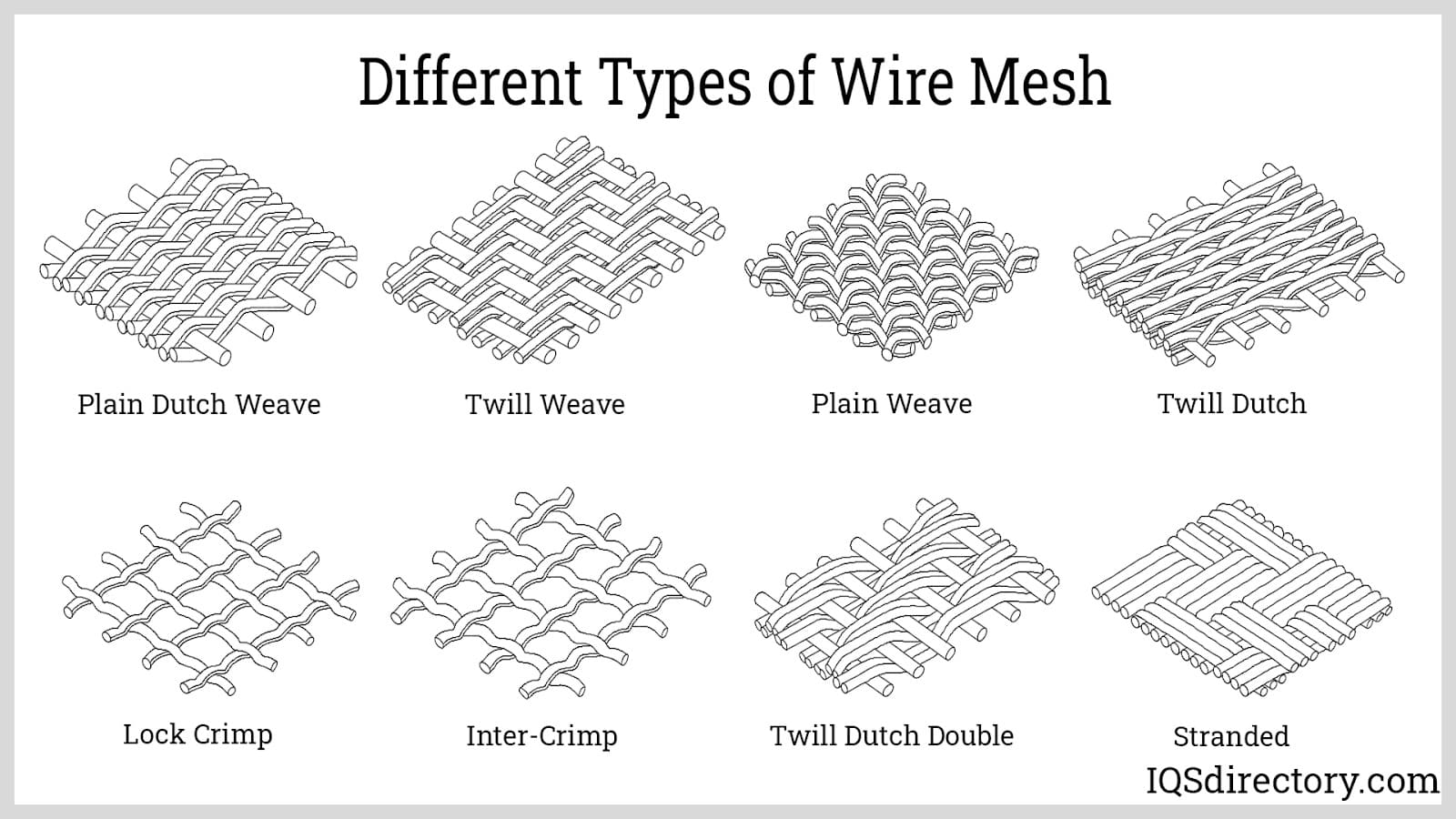
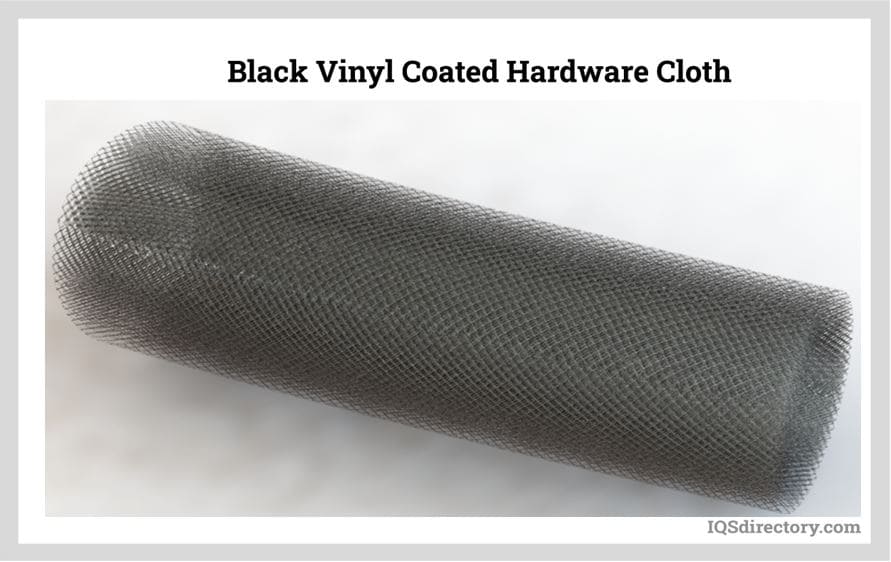
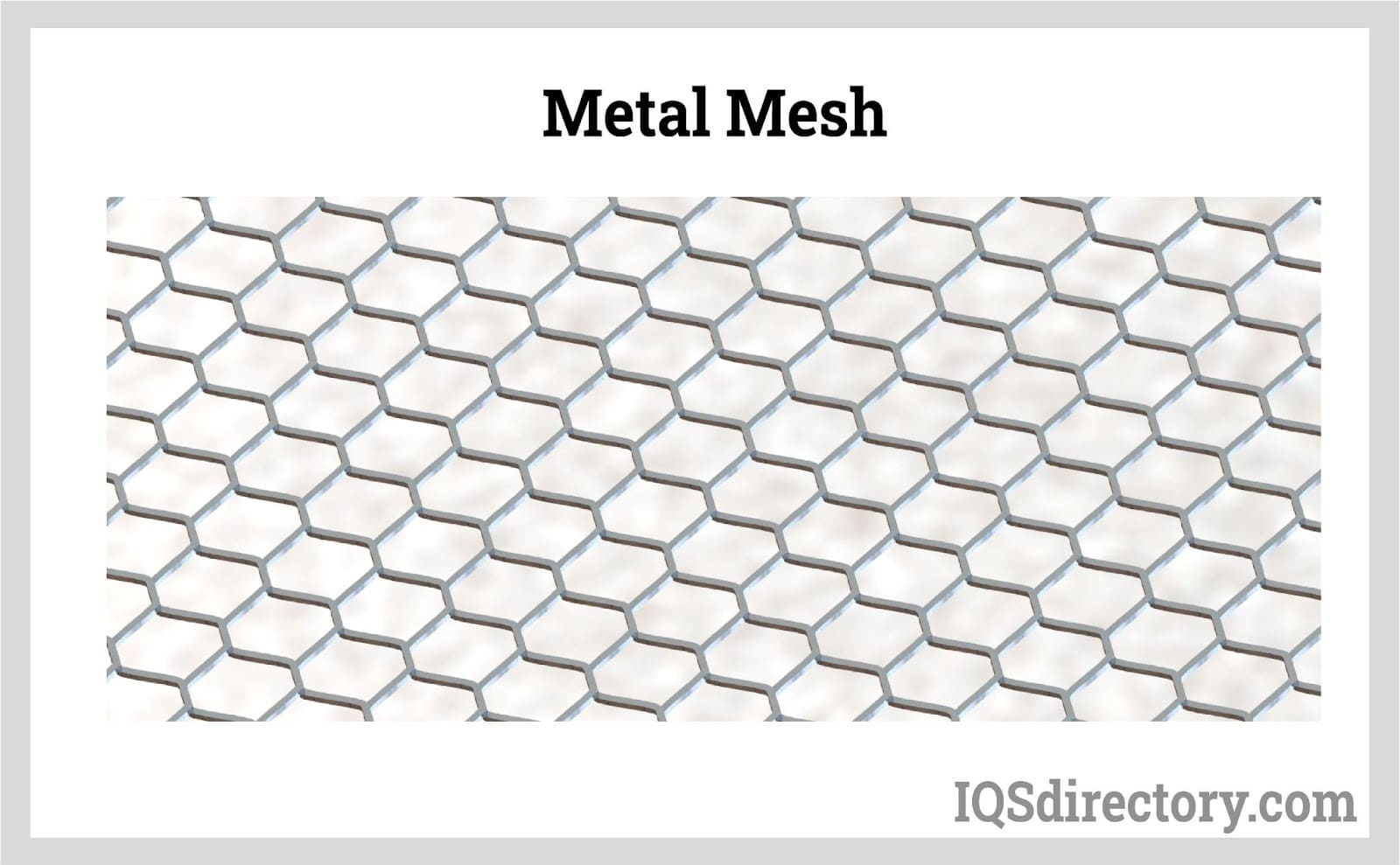
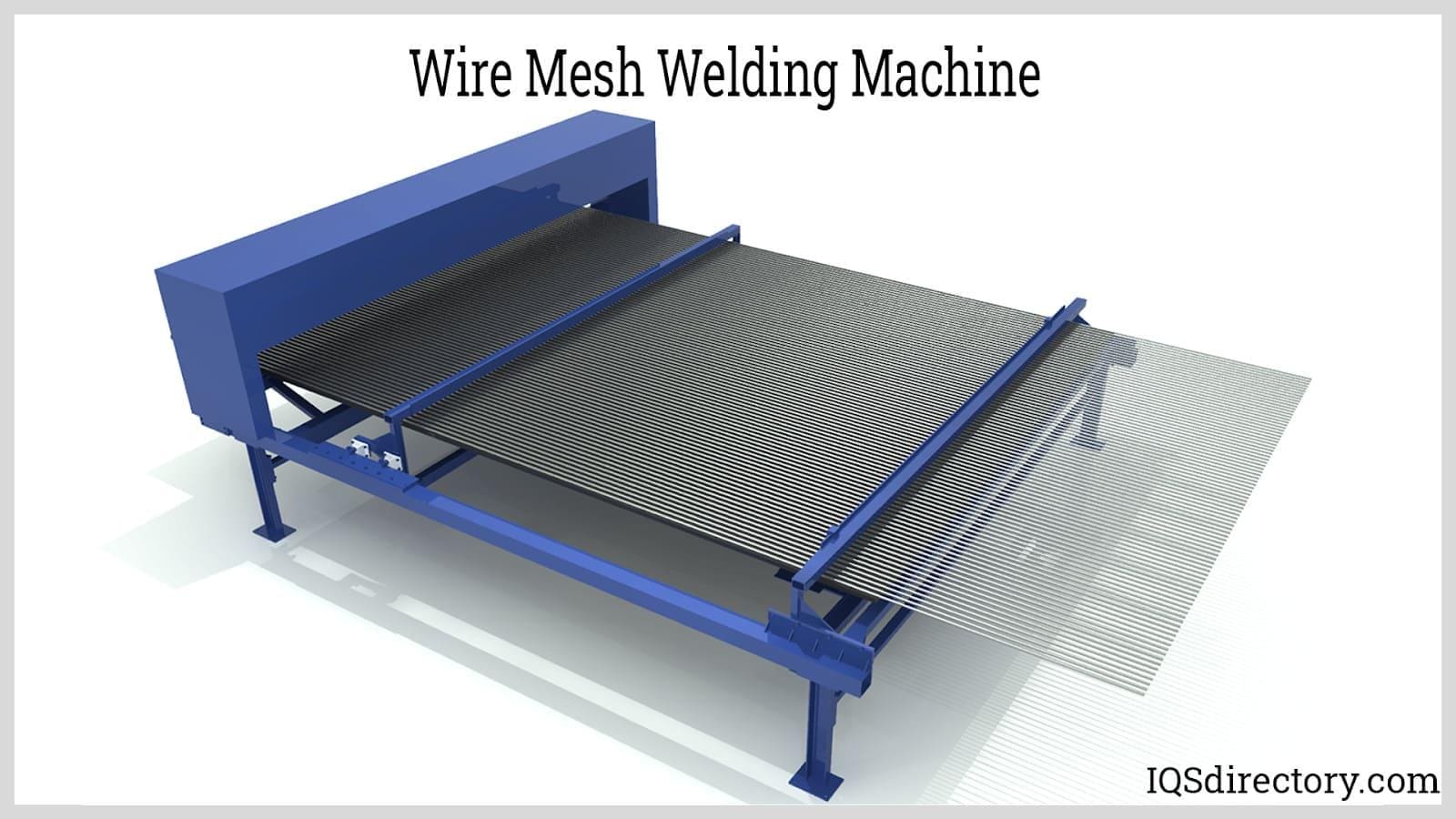
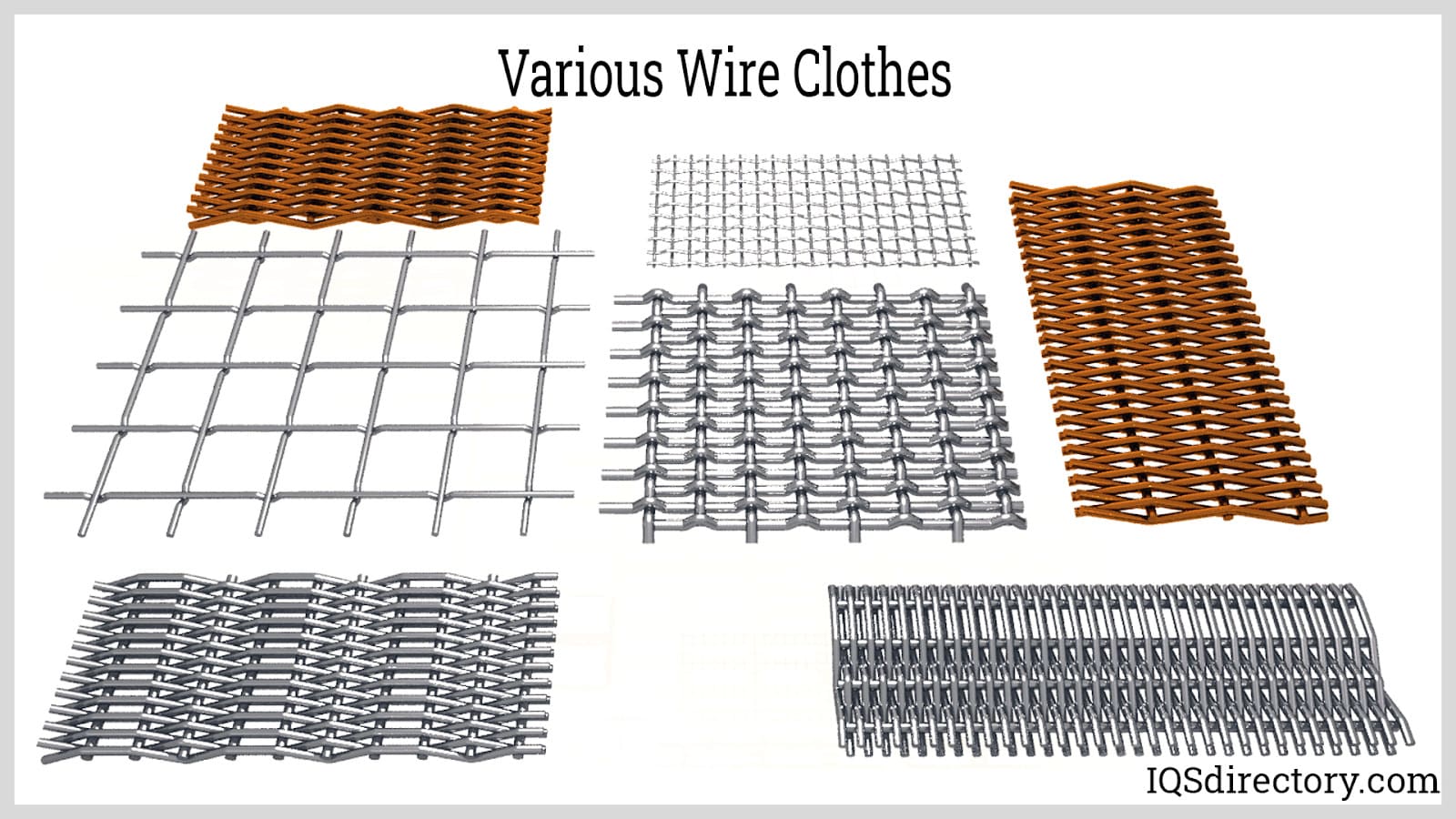
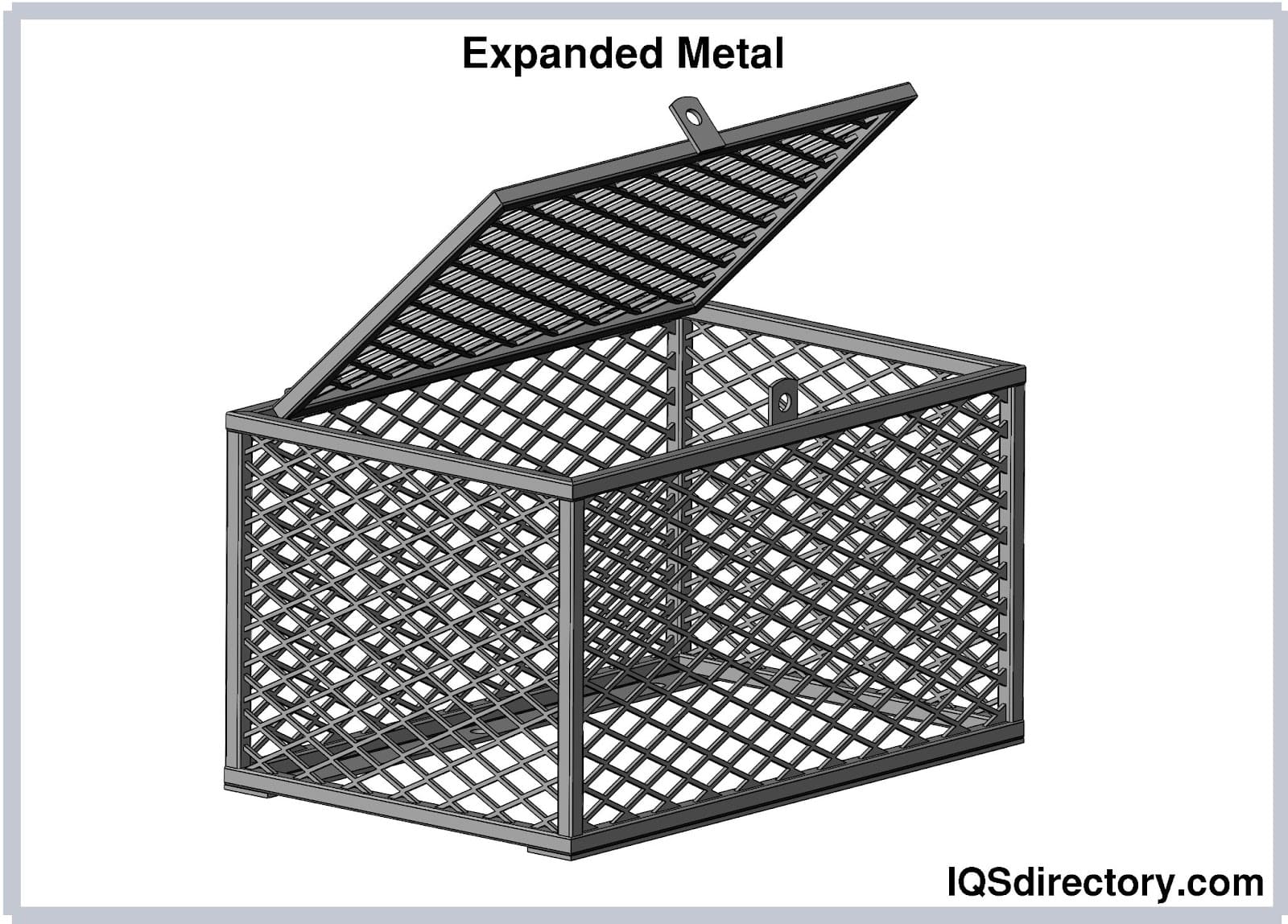
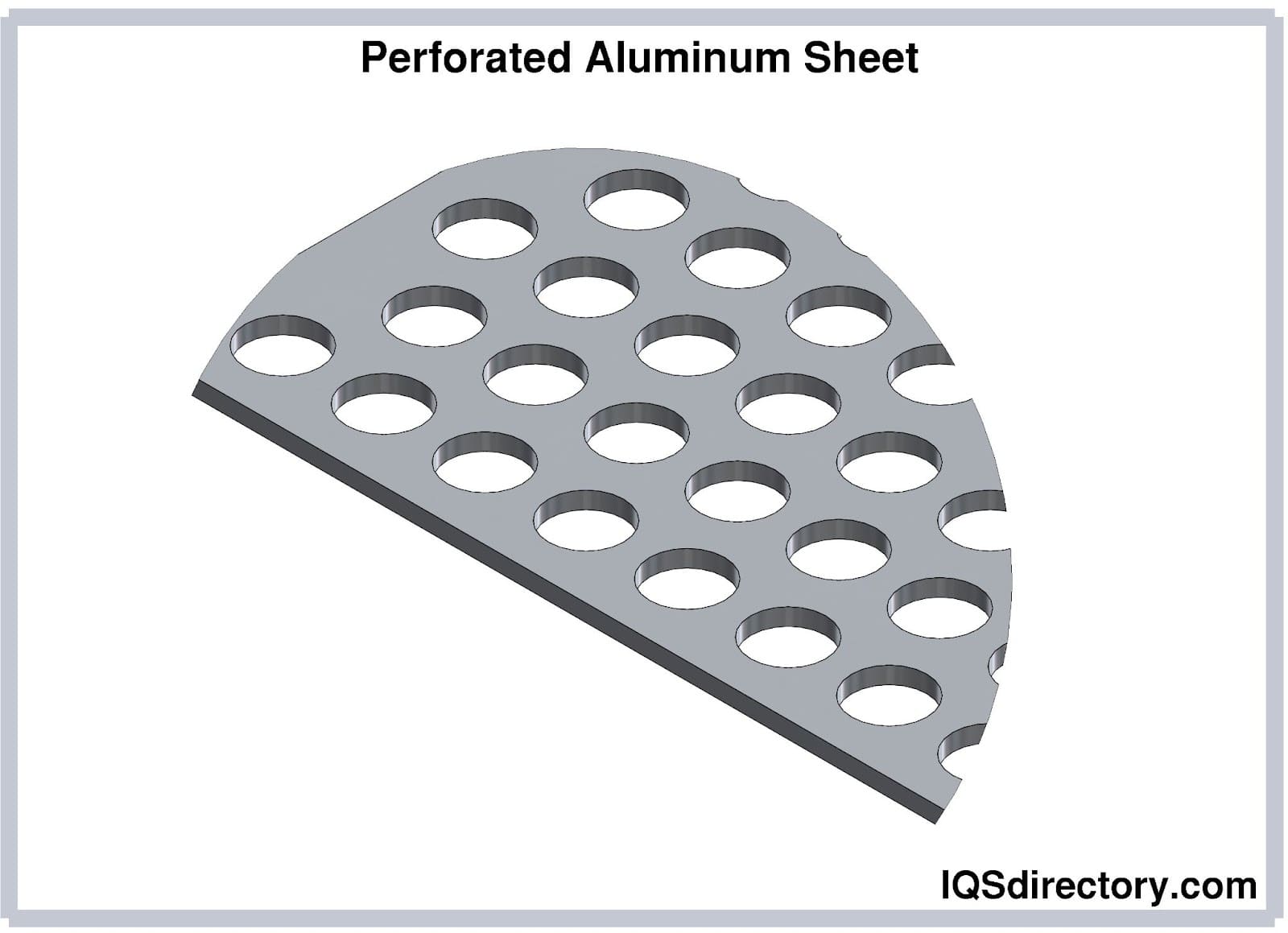
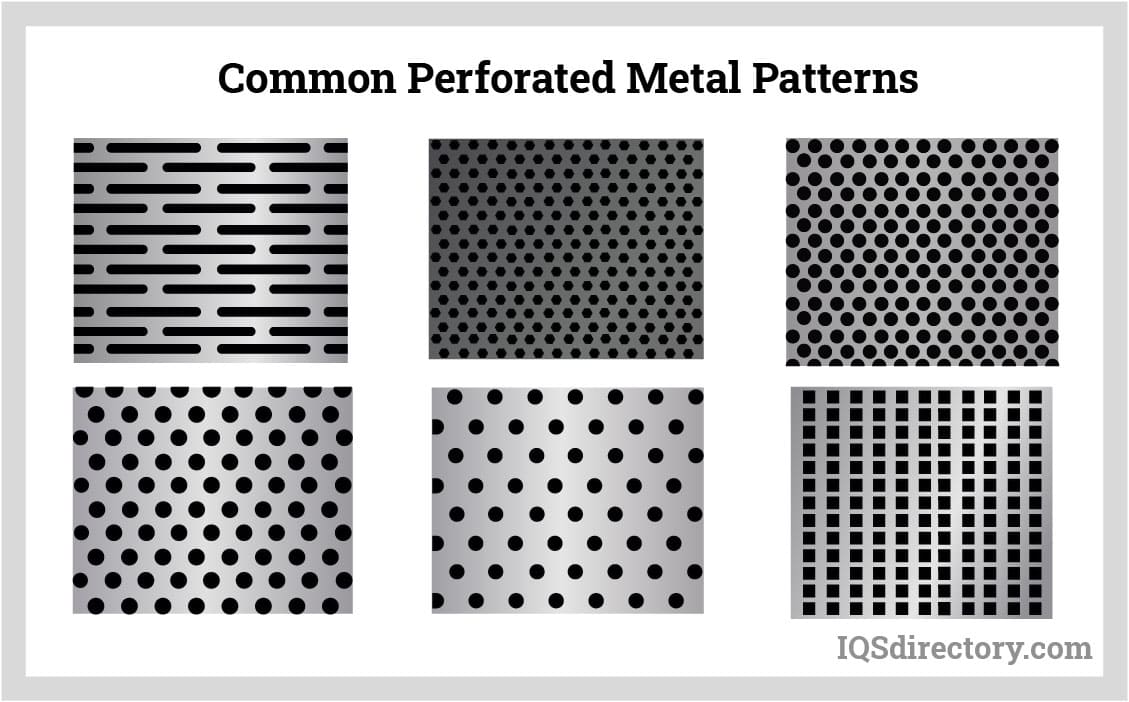

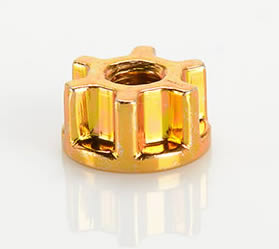 Cold Headed Parts
Cold Headed Parts Expanded Metals
Expanded Metals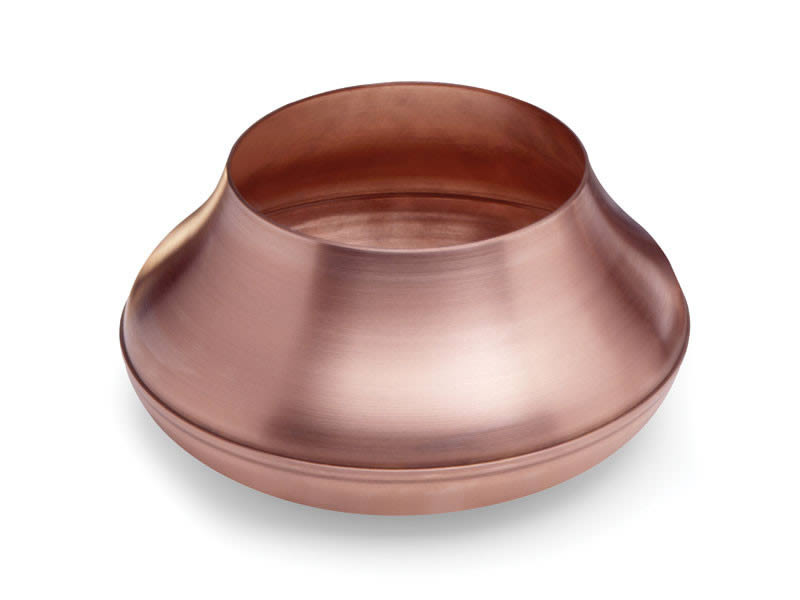 Metal Spinning
Metal Spinning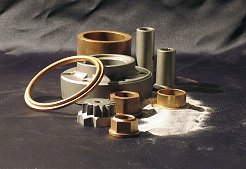 Powdered Metal Parts
Powdered Metal Parts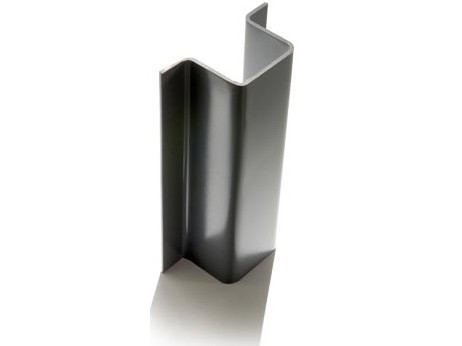 Roll Forming
Roll Forming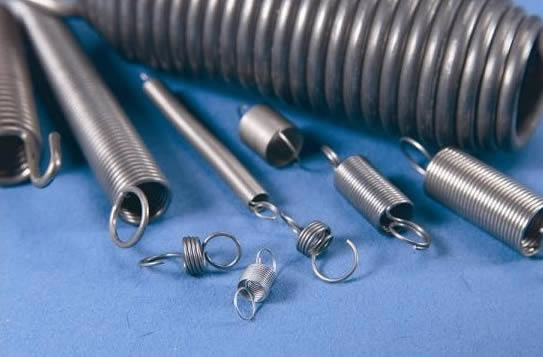 Springs
Springs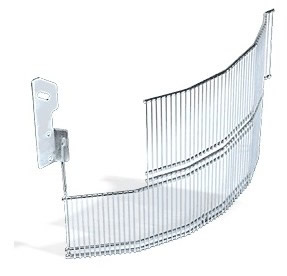 Wire Forms
Wire Forms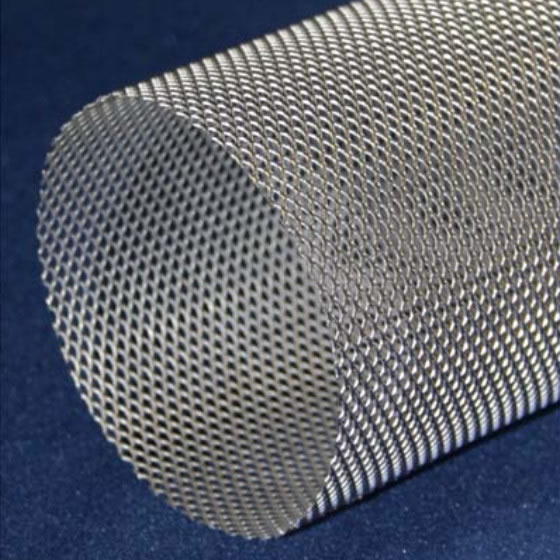 Wire Mesh
Wire Mesh Castings & Forgings
Castings & Forgings Bulk Material Handling
Bulk Material Handling Electrical & Electronic Components
Electrical & Electronic Components Flow Instrumentation
Flow Instrumentation Hardware
Hardware Material Handling Equipment
Material Handling Equipment Metal Cutting Services
Metal Cutting Services Metal Forming Services
Metal Forming Services Metal Suppliers
Metal Suppliers Motion Control Products
Motion Control Products Plant & Facility Equipment
Plant & Facility Equipment Plant & Facility Supplies
Plant & Facility Supplies Plastic Molding Processes
Plastic Molding Processes Pumps & Valves
Pumps & Valves Recycling Equipment
Recycling Equipment Rubber Products & Services
Rubber Products & Services